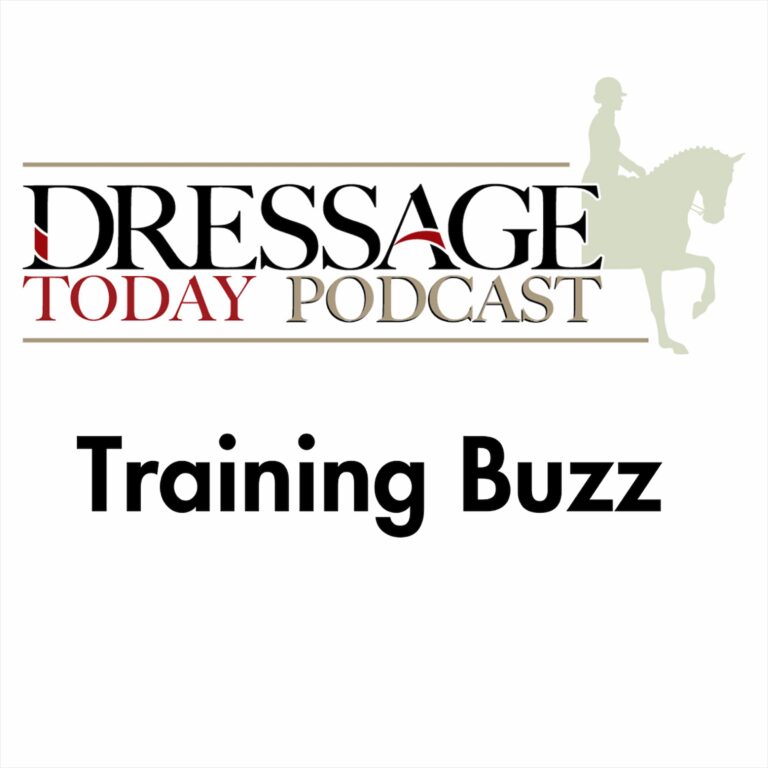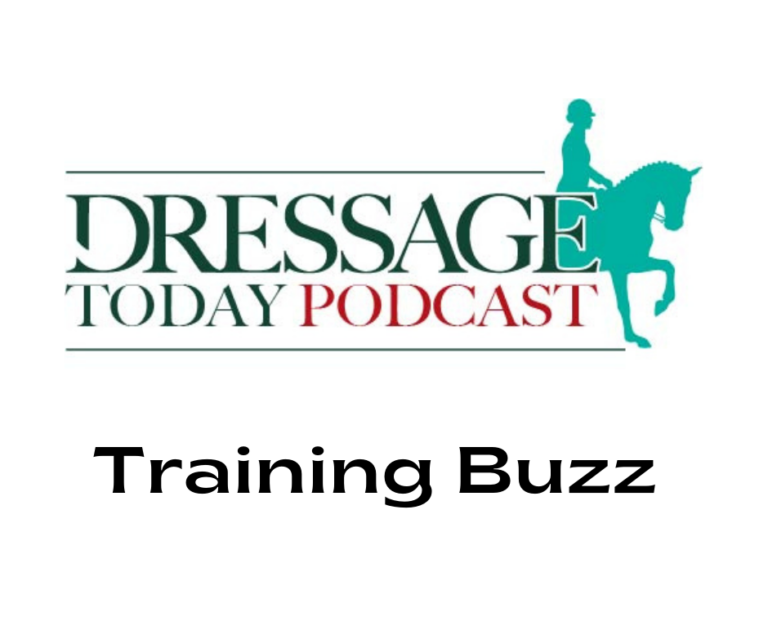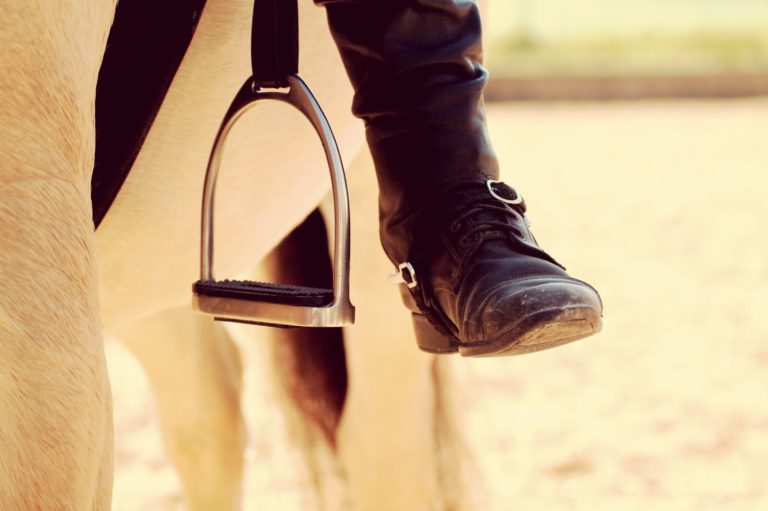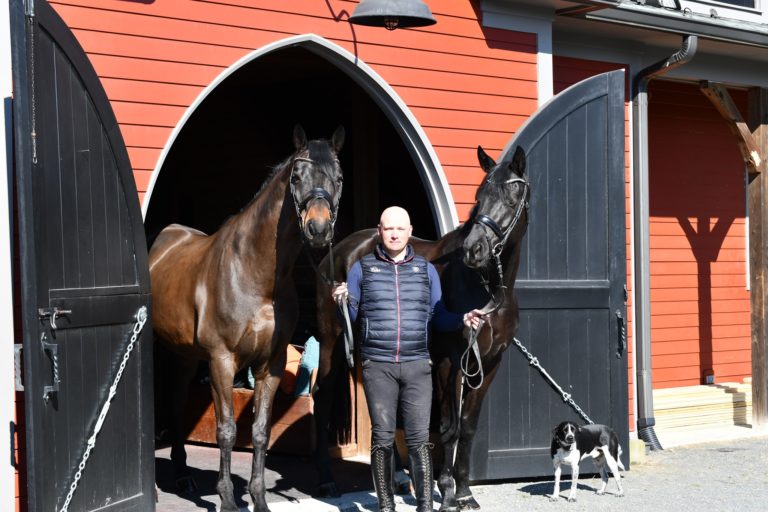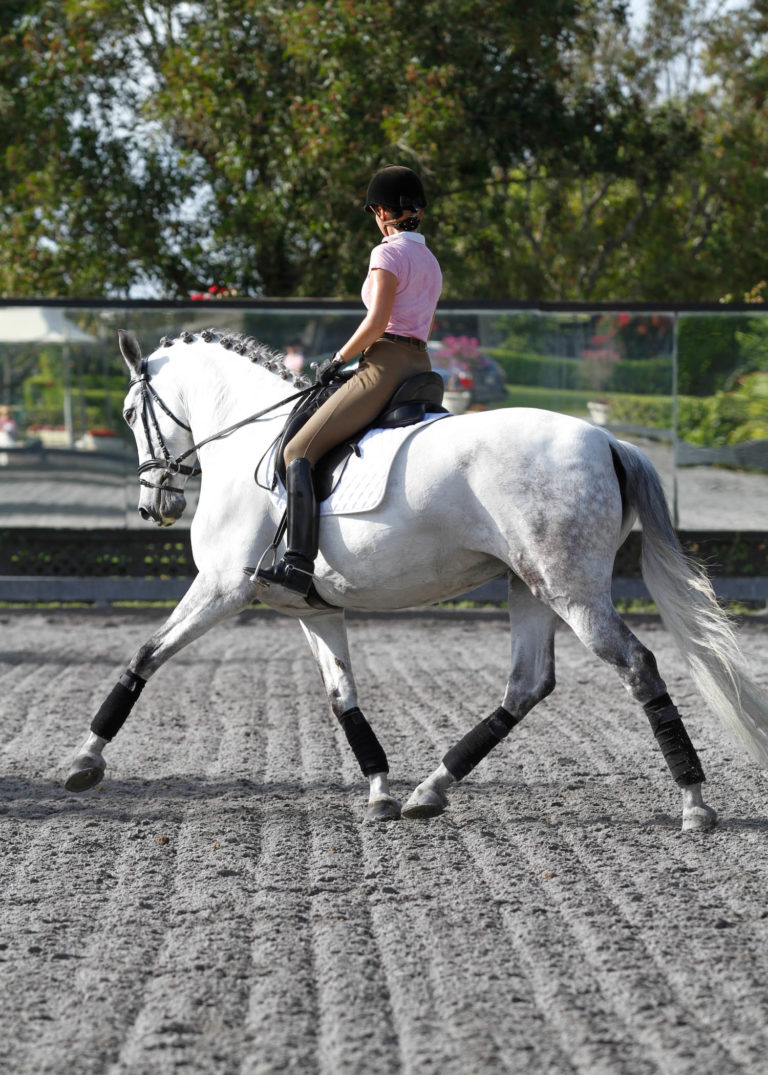Competition

Have you been putting off entering that competition? Do you compete and find it a high adrenaline, stressful experience? Does your stomach churn from start to finish? Have you considered that your mindset and goal setting can influence this experience?
It is useful to understand that in competition, there is usually only one winner. There will also be someone who secures last place and everyone else will be in the middle. If you compete in a smaller competition, such as a small local event in a level that is well within your current skills set, the chances are you will place higher and maybe even win. If you go to a bigger competition such as a state, national or international competition, and you compete in a level that challenges your current skill set, you will usually end up in the lower placings. Although this seems obvious, for some reason we often don’t apply this to ourselves when we compete. This is where mindset is important.
Mindset
Mindset is a set of beliefs that shape the way we view the world around us. Professor Carol Dweck, from Stanford University, has studied mindset and its effects on our ability to learn, focus and perform. It can also influence our response to setbacks and obstacles. Dweck refers to the two most common mindsets people find themselves in, as ‘fixed’ or ‘growth’.
Fixed Mindset
The fixed mindset believes that talents and skills, such as those found in riding are fixed, with minimal scope to develop them. This mindset can make us feel superior to others, especially when we are having success in competition. However, it can leave us devastated by perceived failures if we do not succeed as we expect. Additionally, a fixed mindset can narrow the field that we explore, and we risk not stretching our abilities. We may stay competing at a lower level, or in a smaller class, all to ensure we maintain our place on the pedestal we have set for ourselves, which often limits development. It can paralyse us in both the preparation and the actual competition, because if we have limited ability to change, then where we are right now is the best we are going to be, and we will be judged accordingly. It is easy to slip into a fixed mindset. Look out for the following thoughts and reactions…
You can start to think:
“I can’t…” “I am stupid/hopeless at this…”
“I’ve never been any good at this movement”
You start to blame others:
“My horse always….”
“That other competitor shouldn’t have….”
“The judge doesn’t….”
You may notice the following emotions:
Easily angry, emotional, &/or devastated by challenges and obstacles
Awareness of this unhelpful self-talk is important, as it can ultimately limit our growth and overall skill development.

Growth Mindset

A healthier approach to competition is having a growth mindset. This thought process views all talents and abilities as being something you can develop over time given the right effort, strategies and perseverance. This mindset allows you to learn from your mistakes, as you know that where you are right now is just a starting point. You are more open to receiving constructive criticism from the judges, as they can provide you with a focus point for development in preparation for future competition. You find inspiration in the success of others, rather than feeling threatened by it. You look at someone who has skills superior to yours as a potential mentor, rather than a person who makes you feel like a failure. If you have not succeeded as you hoped, you will put more effort in and try harder next time. You embrace the things that challenge you and your abilities, as you know this allows for the biggest growth, development and learning. This also changes how you view competition overall and makes it a positive experience.
What Competition to Enter?
As part of competing, you need to set goals in advance. This allows you to have an additional measure in your progression rather than relying just on the placings and/or percentages you receive. The type of goals you set will influence the type of competition you enter, and the level. I would recommend having an independent person who understands the competition dressage world help you with this. Additionally, they can help guide you in setting your goals and deciding when and where to compete.
Goal Setting
Goal setting should encompass outcome, performance and process goals. An outcome goal is the final result, e.g. I want to place first. If only outcome based goals are set this can lead to a negative and potentially unpleasant experience. Primarily this is because there are a number of factors that are outside your control, such as the strength of your fellow competitors. A performance goal, is a standard that you are trying to achieve in the test, such as a specific score. The score is more within your control, subject to some variations between judges and competitions, as it is not dependent on the other competitors being better or worse than you and more than one horse can achieve the same score.
Lastly, process goals give the skill components that are essential to achieve your performance aim. A nervous rider’s performance aim may be simply, to complete the test. The process goals may be to breath at every second marker, keep the elbow bent and have a soft connection with the horse’s mouth. These process goals can create relaxation in the horse and rider combination, a steady head carriage and allow the test to be ridden without incident. Focusing on these process goals within the test will lead to a more positive experience and start to make dressage fun.
I have included some examples of goal setting below. There is a mixture of goals, including some nonperformance goals that allow you to achieve some successes early and start your day on a positive note. This list is not an exhaustive one and you should set goals that are relevant to you and your horse. The primary aim of any goal setting is to develop the horse and rider time.

Non-Performance Goals
Preparation: Rushing is the enemy of a calm relaxed test. Preparing ahead of time, keeps your anxiety levels in check. It also means you won’t forget vital gear- like a girth or riding helmet, and saves you from having to run around trying to borrow equipment. Arriving early also gives the horse a chance to settle into its new environment. You may set the following goals:
- Make a checklist of the gear I need to take.
- Have the car and float clean and ready to go one day before.
- Clean gear the night before.
- Pack all the gear the night before
- Turn up early and settle horse into the yard/stable or competition environment.
Rider: From a practical perspective when competing, having a jacket or breeches that fit well, can allow our body to move freely during the ride and not interfere with our ability to communicate with our horse. We may also set more superficial goals such as having,
- beautifully prepared hair,
- or bling on our helmet or belt.
- Boots polished
Our overall appearance can give us a sense of belonging which can allow us to feel more confident and perform well.
Horse: Goals you may set could include:
- Beautiful plaits,
- Tail brushed so its soft and flowing or
- Brilliant Clean socks.
Apart from looking the part these things demonstrate to the judge that you have put time and effort into your preparation, and this demonstrates respect. It may even gain you a mark or two more.
Creating a Timeline: Setting a goal of creating a timeline for the day of the competition, can be very useful. We often underestimate the time it takes to do all the little things at a competition. Below is a brief list; you may need to create a more extensive list, that includes toilet breaks and the distance you have to walk to get to the various offices, gear check and competition arenas.
For example, for a 12:30 first dressage test:
- 9:30- load up at home
- 10:00- leave home
- 10:30- arrival time at venue
- 10:45- report to the organisers, find location of gear check, warm up and competition arena
- 11:15- get dressed
- 11:30- start to saddle horse
- 11:45- get on for 45min warm up
Process Goals
Rhythm
I will Focus on this throughout my test
I can focus on counting
I believe I can sing a favourite song that has the right rhythm for my horse (in my head so I don’t lose marks for voice use)
Relaxation
I will take a deep breath and try to free my body from tension at every second marker
Contact
I will keep my elbows at my sides throughout the test
My elbows will remain soft and elastic
I will imagine my hands drawing forward towards the bit
Straightness
I will keep my horse in front of the leg
I will try to keep even pressure on both stirrup irons
I will focus on even pressure in both seat bones
I will keep my inside/outside shoulder back on the right/left rein
I will point my horse’s head to the markers and ride them there
I will create a corridor between my aids, legs & hands to help support straightness
Other
I will prepare my horse by a series of half-halts before every movement
I will ride good corners throughout the test
You may set a goal that:
I will perform balanced, active and accurate transitions at the markers
Or it could be as simple as:
I want to get canter on both reins
I want to complete the test
Additionally, you can set a percentage or number associated with whatever goal you set. For example, if your stress level at competition sits at 10/10, then you can aim to reduce it by 10-20%. Your goal might be I will maintain my stress levels below an 8/10, and if it starts to get above that number my actions will be… This is a more realistic and achievable goal, with an action plan associated with it.
Performance Goals
I will score ___ percentage.
It is good to set a percentage aim, however focusing on process goals is more often beneficial. You are not in complete control of a percentage result, as there may be some variability in the judges on the day and between competition days.
Competition Review
How did it all go? An accurate review of how the competition went is very important, as it can help us to set our future competition and training goals. However, we are often not able to process this very well, especially if we have not set goals prior to the competition. Our brains often don’t process the competition from an analytical standpoint. We can view parts of the competition as being unrealistically amazing or disastrous. We can be plunged into the depths of despair or ride on the waves of success for days. We can have the view that we have “made it” to some imaginary final point. Or once again, we have failed to reach it.
If you have set goals prior to competing, then you have something to directly measure your performance against. If you have not achieved the goals set, then you need to ask yourself “why not”. What was it that stopped me from achieving this? What can I change in my preparation for the next competition that will allow me to achieve it? Who could help guide me or mentor me with this? Did I set realistic goals? If you have achieved your goals, what will be your next milestone?
Video is a useful tool to help you review your performance. You may have to review the video a few times before you can observe it with a realistic and objective eye. Imagine you are watching a fellow competitor, instead of yourself. What advice would you give them? Again, make sure you are measuring yourself against the goals you have set!
Riding After Competing
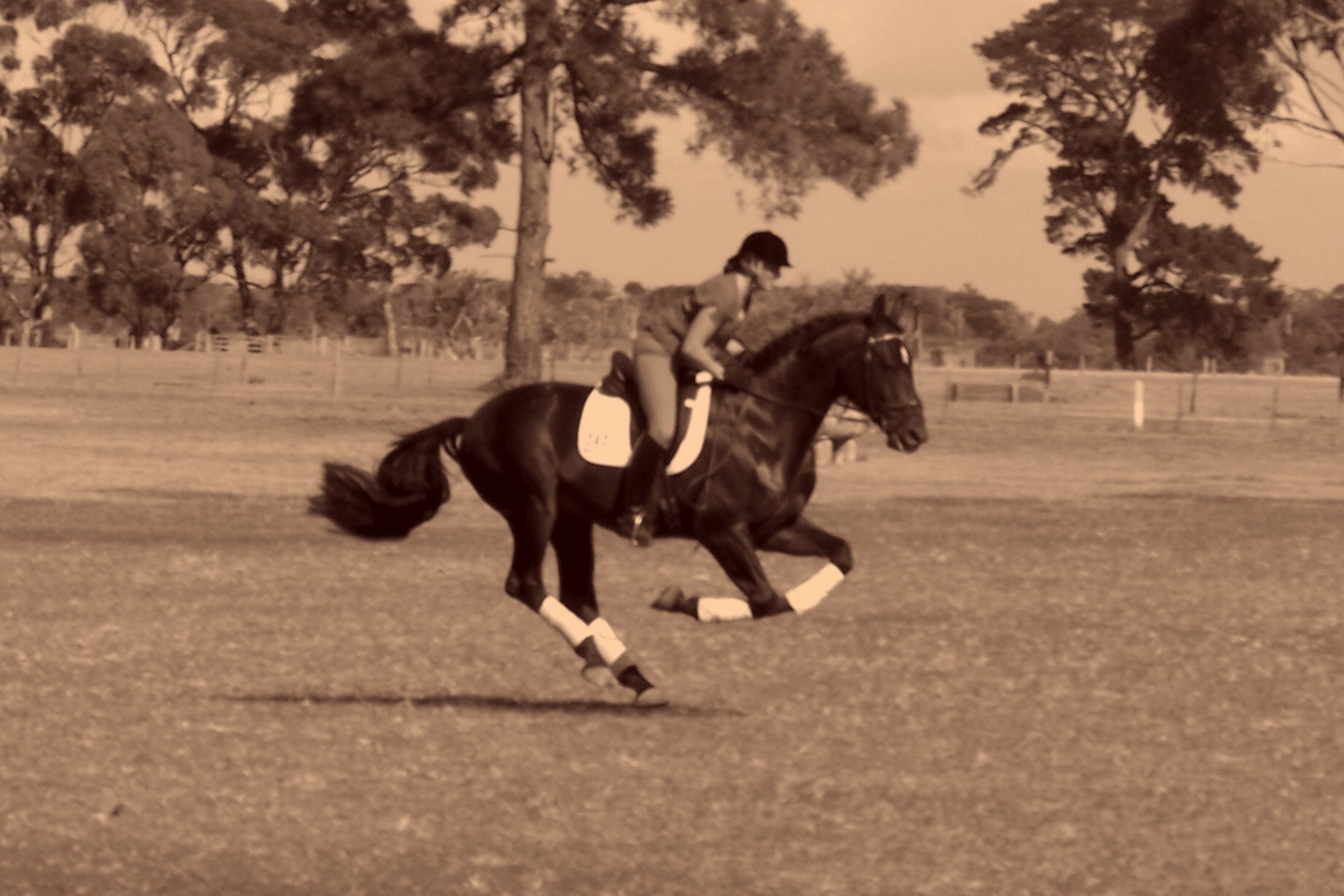
It is common in the post competition haze, to have a delay in returning to the saddle. Often the pressure you have put on yourself in the lead up to competing can result in you inadvertently viewing riding and training as a chore rather than something fun and challenging. Just remember to get back on board as soon as possible, even if it’s just for a hack out or a gallop, before you start your preparation and training plan for your next competition.


